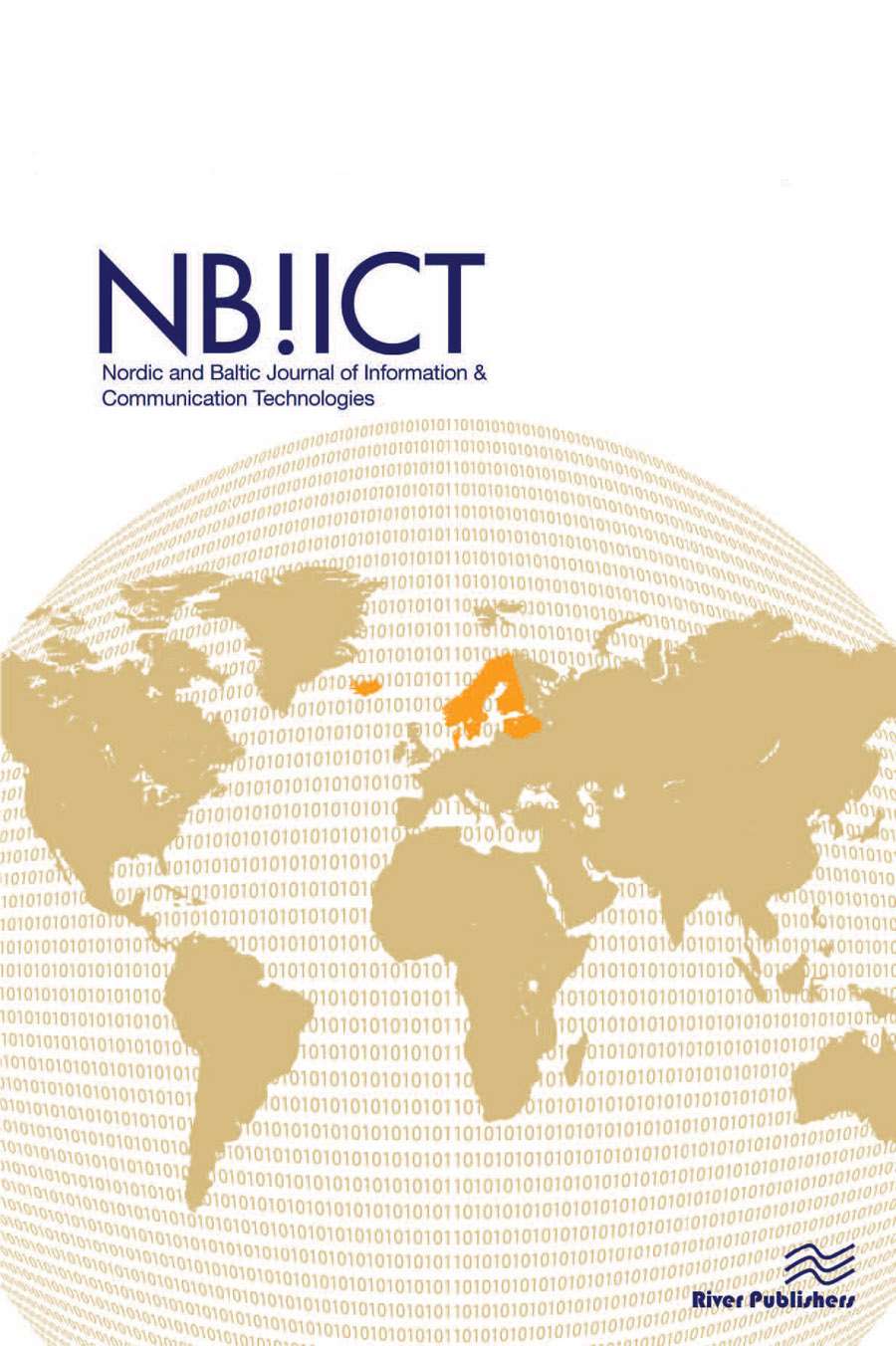Symmetric Telecom Regulation, Competition and Investment
DOI:
https://doi.org/10.13052/nbjict1902-097X.2020.005Keywords:
Symmetric regulation, competition, investment, European Electronic Communications CodeAbstract
Symmetric telecoms regulation, where it is not only the operators with significant market power (SMP) at national or large geographical scales which are subject to special access obligations, has been on the agenda for long. However, emphasis has hitherto been on asymmetric regulation, but during the past few years, symmetric regulation has gradually gained weight in different EU countries, and the new European Electronic Communications Code also aims at putting more emphasis on symmetric regulation. The paper identifies the reasons behind symmetric access regulation possibly coming to play a more prominent role in EU telecoms regulation, the scope of symmetric regulation and how it is being articulated, and what the possible implications of symmetric regulation could be on the level of investment. The contribution of the paper is to discuss these different elements of understanding the potential role of symmetric regulation.
Downloads
References
Aghion, P. et al. (2005). Competition and innovation: An inverted-U shaped relationship, The Quarterly Journal of Economic 120(3), pp. 701–728
Arrow, K. (1962). Economic welfare and the allocation of resources for invention, Princeton University Press
Bird and Bird (2018). European Electronic Communications Code aims to boost connectivity and competitiveness with the roll-out of very high capacity networks in the 5G era, https://www.twobirds.com/~/media/pdfs/netherlands/communication-on-the-code-december-2018.pdf?la=en&hash=65A9773711E4195736CAC59A61CE090CD2431965
Bourreau, M. et al. (2010). A critical review of the ‘ladder of investment’ approach, Telecommunications Policy 34(11), pp. 683–696
Briglauer, W. et al. (2017). The European Communications Code: A critical appraisal with a focus on incentivizing investment in next generation networks, Telecommunications Policy 41(10), pp. 948–961
Cave, M. (2006). Encouraging infrastructure competition via the ladder of investment, Telecommunications Policy 30(3–4), pp. 223–237
Crowell and Moring LLP (2018). The European Union adopts a new telecoms code, https://www.crowell.com/NewsEvents/AlertsNewsletters/all/The-European-Union-Adopts-a-New-Telecoms-Code
De Steel, A. and Larouche, P. (2016). An integrated regulatory framework for digital networks and services: A CERRE policy report, Centre on Regulation in Europe
Directive (EU) 2018/1972 of the European Parliament and the Council og 11 December 2018 establishing the European Electronic Communications Code
Elixmann, D. et al. (2015). Competition and investment: An analysis of the drivers of investment and consumer welfare in mobile telecommunications, WIK Consult report, Bad Honeff
Falch, M. and Henten, A. (2010). Public private partnerships as a tool for stimulating investments in broadband, Telecommunications Policy 34(9), pp. 496–504
Friederiszick, H. et al. (2008). Analyzing the relationship between regulation and investment in the telecom sector, ESMT White Paper WP-108-01
Henten, A. et al. (2004). New trends in telecommunication Innovation, Communication & Strategies Issue 54, pp. 131–158
Houngbonon, G.V. and Jeanjean, F. (2015). What level of competition intensity maximizes investment in the wireless industry?, 2014 TPRC
Jorde, T.M., Sidak, J.G. and Teece, D.J. (2000). Innovation, investments and unbundling, Yale Journal of Regulation 17, pp. 1–37
Knieps, G. (1997). Phasing out sector-specific regulation in competitive telecommunications, Kyklos 50(3), pp. 325–339
Lesca, V. (2015). A symmetrical regulation for an intensified very high broadband deployment, Working Paper, European Regulatory Affairs ORANGE
Mathis, J. and Sand-Zantman, W. (2014). Competition and investment: What do we know from literature, Institut d’Economie Industielle
Nett, L. and Stumpf, U. (2011). Symmetric regulation in line with the new regulatory framework of the European Union, Discussion Paper 350, WIK
Schankerman, M. (1996). Symmetric regulation for competitive telecommunications, Information Economics and Policy 8(1), pp. 3–23
Schumpeter, J. (1942). Capitalism, socialism and democracy, Harper & Row
Serentschy, G. (2018). European Electronic Communications Code – back to square one, Serentschy.com Advisory Services GMBH, http://www.se rentschy.com/uropean-electronic-communications-code-eecc-back-to-square-one-contribution-to-the-discussion/
Shortall, T. and Cave, M. (2015). Is symmetric access regulation a policy choice? Evidence from the deployment of NGA in Europe, Digiworld Economic Journal no. 98, pp. 17–41
Yoo, C.S. (2014). U.S vs. European broadband deployment: What do the data say?, U of Penn, Inst for Law & Econ Research Paper no. 14–35


